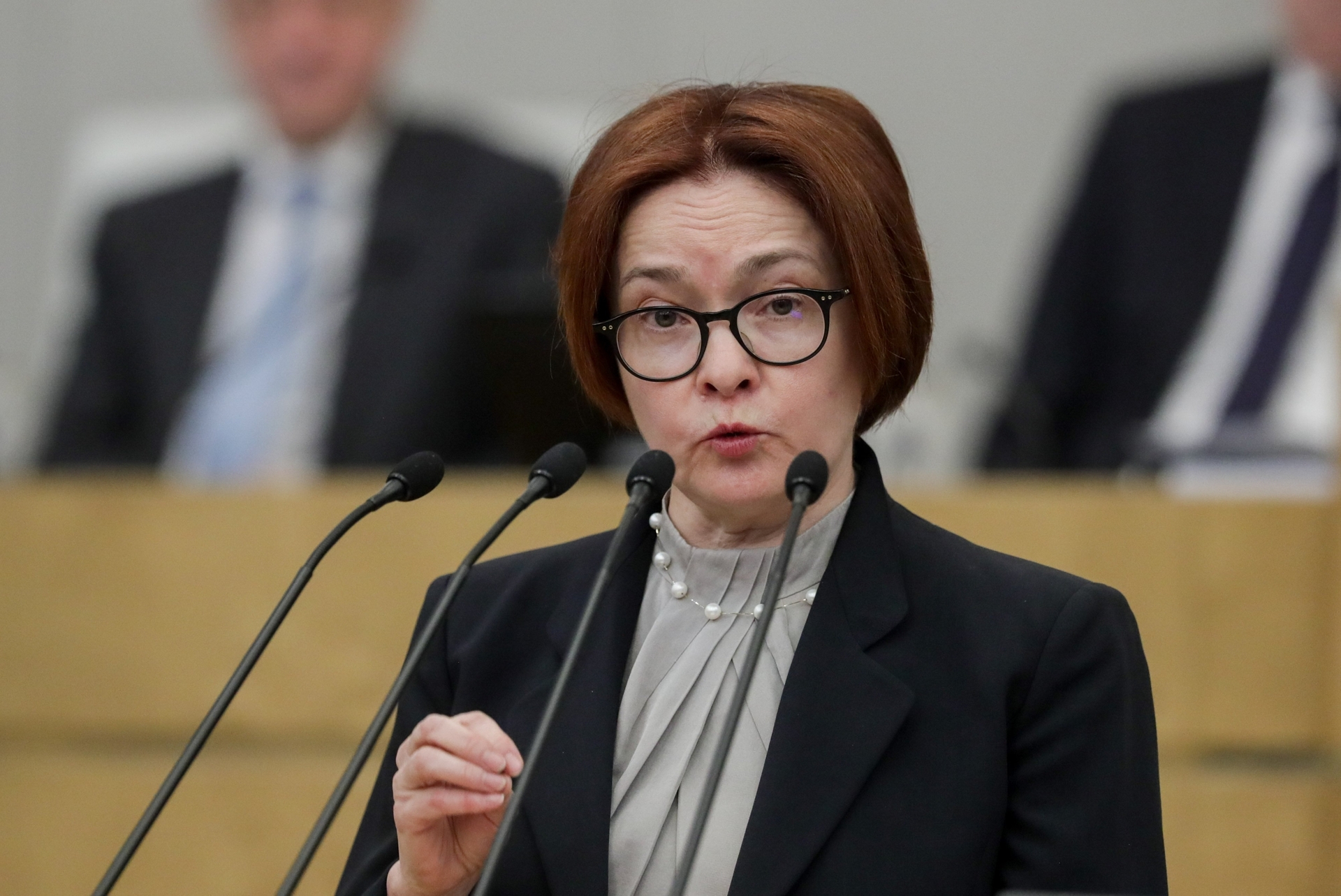According to the results of July, deflation in monthly terms was again recorded in Russia.
Such data on Wednesday, August 10, was presented by the Ministry of Economic Development and Federal State Statistics Service.
According to the estimates of the departments, over the month, consumer prices for goods and services on average in the country fell by 0.39% compared to June.
Prior to this, in the entire history of modern Russia, the July deflation could be observed only once - in 2011, but then it was only 0.01%.
As told in the Ministry of Economic Development, the main contribution to deflation was made by a decrease in food prices - by 1.53%.
First of all, the observed dynamics is associated with a noticeable reduction in the cost of fruits and vegetables - by 11.53%.
Meanwhile, the cost of non-food products decreased by 0.44%, while services, on the contrary, rose in price by 1.41%.
Prices generally continued to decline after falling an average of 0.35% in June from May.
At the same time, in the first days of August, this trend continued, and inflation in annual terms slowed down to 15.01%.
“The main reason for the decline in inflation is the price correction after the jump in March.
Then there was a sharp weakening of the ruble, the costs of companies increased significantly, the rush demand allowed them to transfer these costs into prices.
Now the situation has changed,” Elvira Nabiullina, head of the Central Bank, said at the end of July.
AP
© The State Duma, The Federal Assembly of The Russian Federation Press Service
Recall that in March, annual inflation in Russia accelerated from 9.15% to 16.69%, and in April it reached 17.83%, the highest level in the last 20 years.
The reason was the emotional reaction of the financial market and ordinary citizens to Western sanctions against Russia.
Against the backdrop of large-scale restrictions by the US, EU and other countries against Moscow in March, the ruble depreciated to a record high against the dollar and the euro, and Russians began to massively buy food and goods.
All this together provoked a sharp jump in inflation, said Georgy Ostapkovich, director of the Center for Market Research at the Institute for Statistical Research and the Economics of Knowledge at the Higher School of Economics, in an interview with RT.
“The beginning of spring was marked by panic and rush demand for goods.
According to statistics, 20-30% of the population succumb to force majeure and buy goods in this state.
As soon as there is a rush demand, manufacturers automatically raise prices, which is natural.
However, already in the second half of spring, the situation began to stabilize and price growth slowed down,” the expert said.
So, already in May, inflation in the country dropped to 17.1% in annual terms, and in June it reached 15.9%.
Due to the initiatives of the government and the Central Bank, as well as changes in the conditions in foreign trade, the ruble managed not only to fully win back sanctions losses, but also strengthened to a record high.
Meanwhile, the rush demand in stores has actually come to naught.
According to Elvira Nabiullina, a significant strengthening of the ruble affected the perception of prices and the attitude of the population towards purchases.
As a result, the level of inflation expectations in the country dropped to 10.8%, the lowest level since March 2021.
“People believe that current prices for many goods are unreasonably high and expect them to come down.
Short-term price expectations of enterprises continue to decrease.
They returned to the level of last spring,” the head of the Central Bank said.
According to the Central Bank, many manufacturers and companies have increased the cost of their products "with a margin", and now they are starting to adjust it.
However, this process is extended in time, and the business is trying to "feel" the price level that will be acceptable to buyers and cover the growing costs of enterprises, Nabiullina explained.
Seasonal recession
Today, consumer prices in Russia are also under pressure from the seasonal factor, Pavel Sigal, First Vice President of the all-Russian public organization of small and medium-sized businesses Opora Rossii, believes.
According to him, in the second half of summer, fruit and vegetable producers begin to actively enter the market, as a result of which the supply of food on store shelves increases.
“The most obvious reason for the slowdown in the inflationary rally is the seasonal factor.
Fruit and vegetable products during this period are traditionally cheaper, and they have a large weight in inflation, so we see a general decline in the price level.
In addition, fuel prices have taken a break, which also allows us to count on a break in inflationary growth, ”the source explained to RT.
globallookpress.com
© Maxim Konstantinov
According to Georgy Ostapkovich, deflation in Russia may last until September.
After that, the situation will depend on the pace of import recovery, the specialist believes.
“Along with the strengthening of the ruble, one of the deflationary factors was precisely the decrease in the supply of foreign products to the country.
In principle, there are fewer foreign goods, and they are now cheaper, and inflation was largely based on imports.
I think that as trade chains are established and imports increase, the deflationary effect will pass,” Ostapkovich explained.
According to the economist, by the end of 2022, the annual inflation rate in Russia will have to drop to 12-15%.
A similar assessment is shared by the Central Bank.
At the same time, regulator analysts do not exclude that in 2023 the value will drop to 5-7%, and in 2024 it will return to the target level of 4%.

